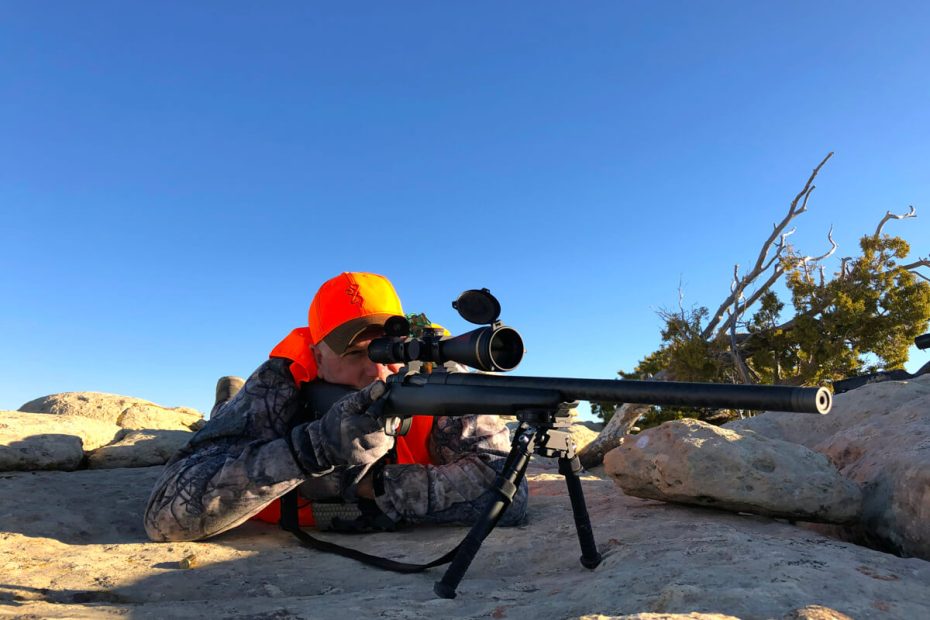Estimated reading time: 8 minutes
A Hunter Has A Long-Range Opportunity At The Biggest Buck Of His Life. Will He Take The Shot?
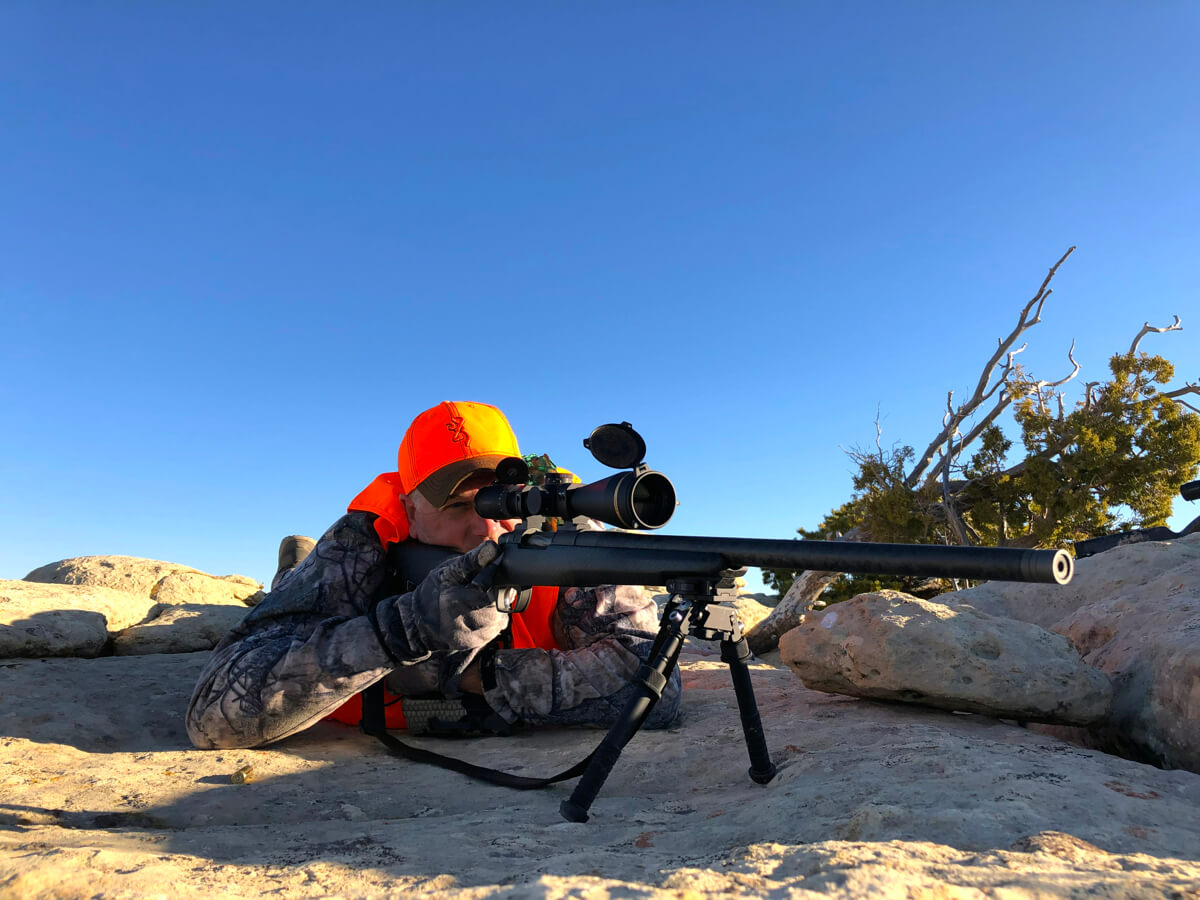
Table of contents
“I see a buck! Looks like a pretty good one.” My son Josiah whispered, the excitement evident in his voice. He and I were hunting with our good friend and longtime hunting partner Jim, who had a good general-season Utah mule deer tag in his pocket. Jim had killed several great mule deer in the past but had never settled his sights on a true monster buck. This year, we were hoping to change that.
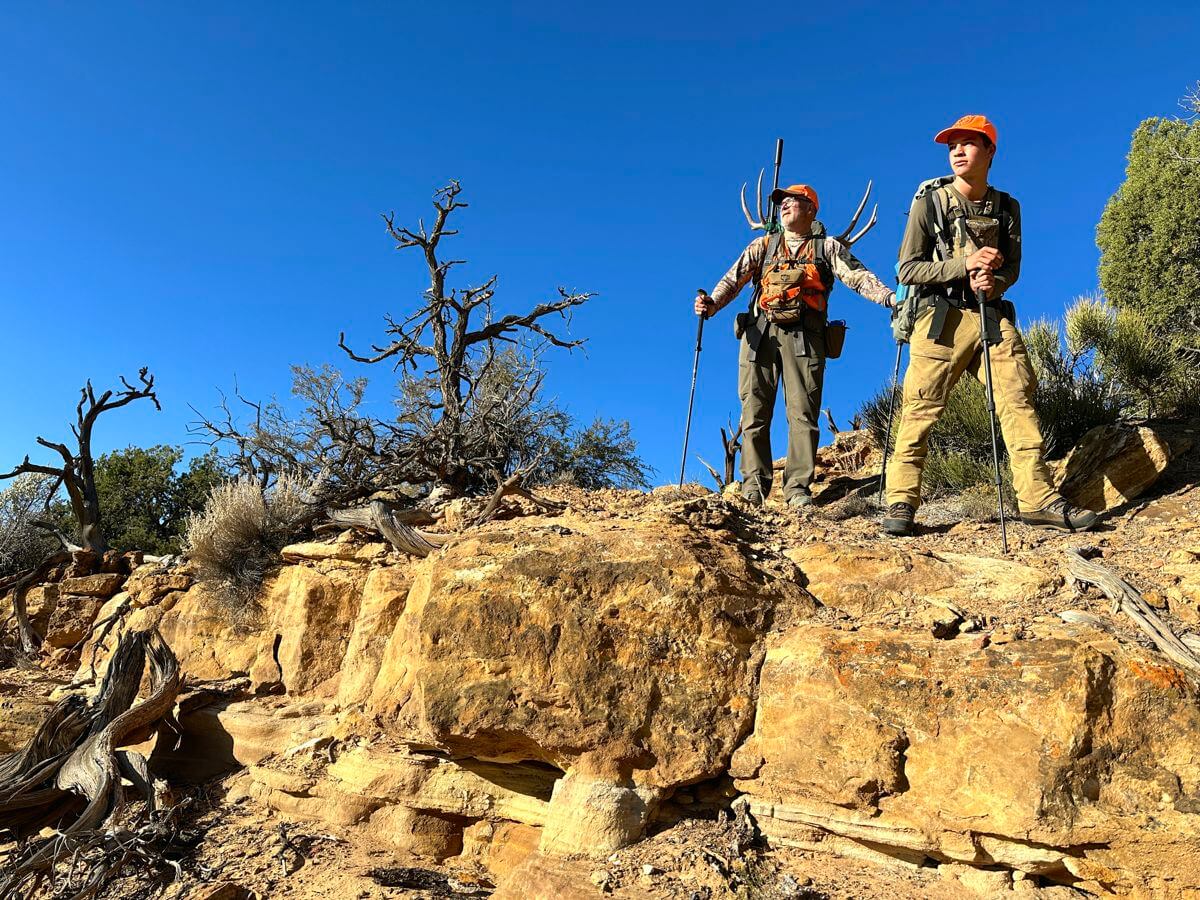
The Mule Deer Scenario
We’d been hunting for many days in backcountry territory where we had success in years past. We saw no deer and finally decided to pull up stakes and move to a different area. We loaded our packs and slogged our way to our truck, sitting lonely and dust-covered at the trailhead. Firing it up, we pointed the hood toward another forsaken piece of desert. A change of scenery brings hope, and we were excited to see what the last few days of the season would bring. The next afternoon Jim, myself, and Josiah shrugged into our packs and pointed our boots into a land of desolation with hopes of escaping the crowds and finding some mature bucks to hunt.
Hours later, tired and footsore, we dropped our packs and belly-crawled our way to the edge of an overhanging cliff to glass a canyon below. The evening was upon us, and we didn’t want to take the time to pitch camp – that could be done after dark. For now, we would hunt.
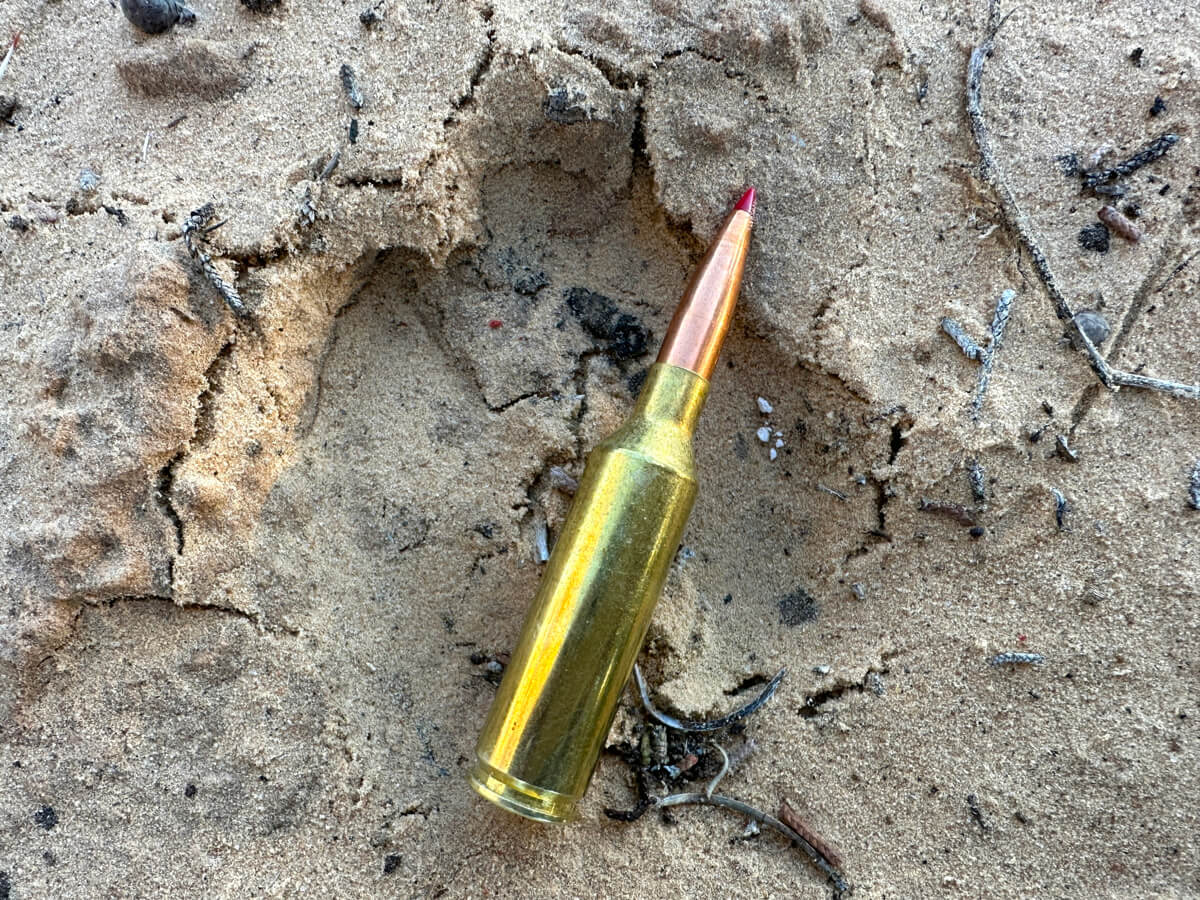
Rifle, Optics, and Ammo
Jim shoots one rifle – a lovely custom-made ClymR model from Gunwerks chambered in 6.5 PRC. The rifle sports a 22-inch barrel, and a 6IX Gunwerks suppressor, is superbly accurate, and fits him beautifully – he’s harvested multiple elk and mule deer with it, each a one-shot kill. He’d been a bow hunter for years, but eventually decided to take up a rifle and experience some western adventures with it. I helped him mount a lovely 3-18X44 Leupold VX6-HD scope atop the rifle, complete with anti-cant level and custom cut turret.
The rifle loves 143-grain Hornady Precision Hunter ammo sporting a G1 BC of 0.625, which it sends downrange at 2927 fps. On a good day, Jim can hold half-moa groups when shooting prone with an Atlas bipod and a rear bag, and he can consistently punch vital-sized targets out to 900 yards and more.
A Great Distance To the Mule Deer
At first, Jim was reluctant to shoot far at game. 350 or 400 yards was about as far as he would go, and I supported his choice, though he was plenty accurate enough to shoot double that. He cleanly killed a couple of bucks and several bull elk at distances from 100 to just under 400 yards, each with a single shot. His confidence grew, and finally, he told me that if a long-range shot was presented and conditions were right, he would take the shot. Little did we know how important that decision would be.
For binoculars we had a menagerie of top-end rangefinding units among us; Jim carried Swarovski, Josiah had a Leica Geovid Pro, and I used a Zeiss Victory RF model. All are awesome choices for any hunting situation. We also had my old but awesome Zeiss Victory spotting scope set up on my Spartan Ascent tripod.
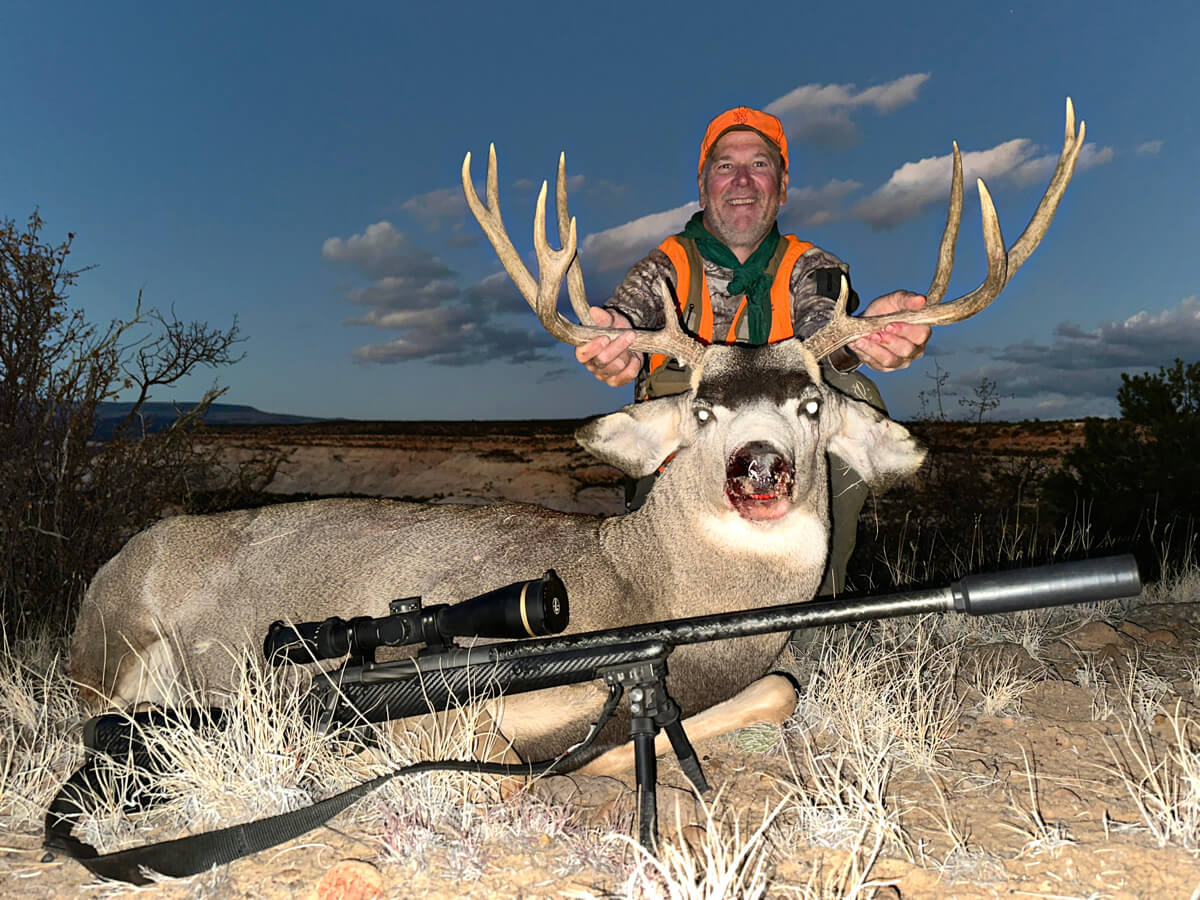
The Hunt: True Story
We’d backpacked into a desert area that I’d hunted, cowboyed, and poked around in for almost 40 years. Not many deer live there, and the ones that do are hard to find, but with hard work and luck, it’s possible to find an old mature buck. We were tired and the hour was late when we arrived at a canyon I wanted to glass, so we simply dropped our packs, crawled to the edge, and began to hunt. It was important to be very careful because we would be sky-lined to any nervous deer below. And desert deer are almost always nervous.
Tucked in behind some shrubbery we glassed hard as the sun set behind the western ledges and dusk settled over the landscape. Just as I was beginning to think we were skunked for the night Josiah spotted a buck. Then he saw another, and then a third. They were not on the canyon bottom or side as expected, but were atop the ridge on the far side of the canyon. It was a long way off, and no way to cross the canyon before darkness overtook the landscape.
Reaching The Point
There was a small sandy point some 60 yards below us and closer to the bucks. We could make it there without exposing ourselves to the deer, so we gathered our essentials and stealthily hurried into position. Jim deployed his bipod and rear bag and settled in for the shot. I took one look through the spotting scope at the biggest buck; there was no doubt that this was a true old desert monarch. His antlers were not heavy and his tines were not long, but his rack was non-typical and he was well over 30 inches wide. His body looked old and heavy. I handed the spotter back to Josiah and lasered the buck with my Zeiss RF binoculars. He was 733 yards distant.
Jim reached up and dialed his custom turret to match the yardage. For a moment the buck offered a good open shot while browsing at the top of a sandslide. Jim almost broke the trigger there, but then the buck moved, going left-to-right through the ridge-top vegetation. Finally, he paused in an opening. Jim settled his crosshairs and put pressure on the trigger.
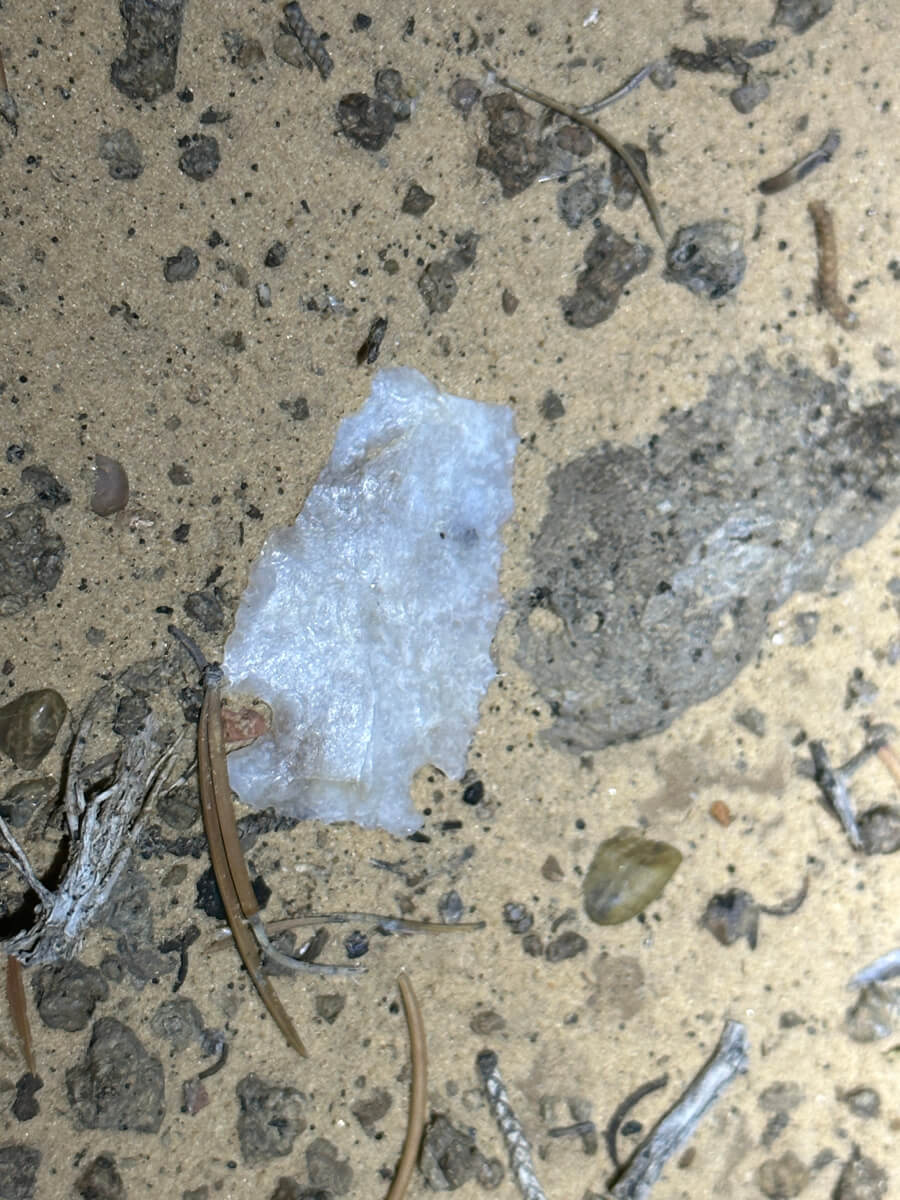
Take the Shot?
Put yourself in Jim’s place, belly down on a remote sandy point, aiming at an old desert monarch mule deer. You’ve got a tag in your pocket, an accurate rifle, and the wind is in your face. No need to compensate for wind drift. Your rifle is rock-steady, and you’ve worked hard for days to create this opportunity.
However, the shot is long – almost twice as far as you’ve ever taken at a live animal before. All the critical elements to make such a shot are in place; accurate rifle, aerodynamic projectile, good optics, strong position, minimal wind, and most of all, excellent training and practice. Still, this decision must be up to you, the person behind the rifle.
Will you take the shot?
The Monster Mule Deer
Jim took the shot. He executed the shot well and the bullet impacted just a couple inches above perfect before passing through and burying in the sand beyond. The buck ran a hundred yards or so along the ridge top before crashing.
READ MORE: Virginian Hunter Shoots ‘Hollywood Buck’ Loses Hunting License
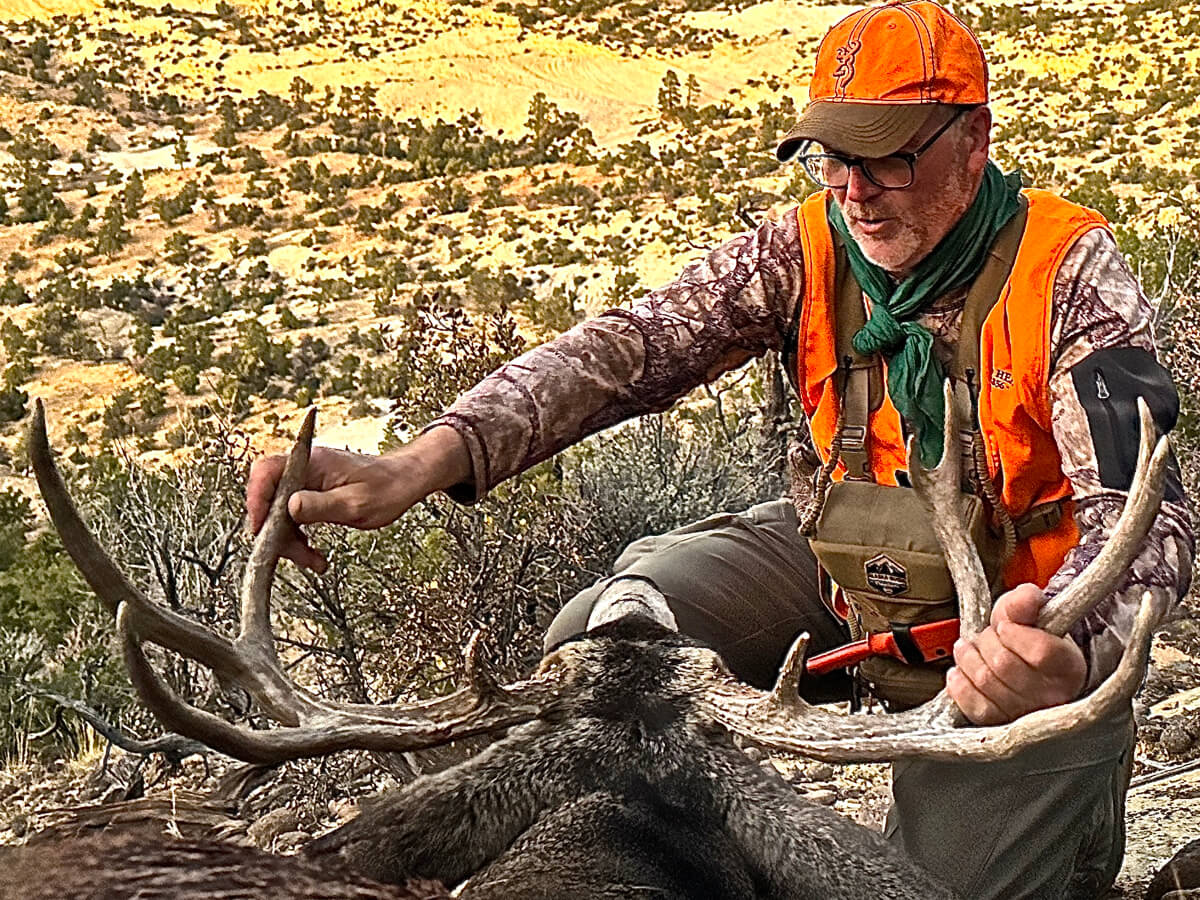
Conclusion
Would I take that shot? Yes, providing I had similar quality equipment and training with it, as well as a favorable wind and a good spotter. Without those elements in place, taking this shot would be flagrantly unethical.
